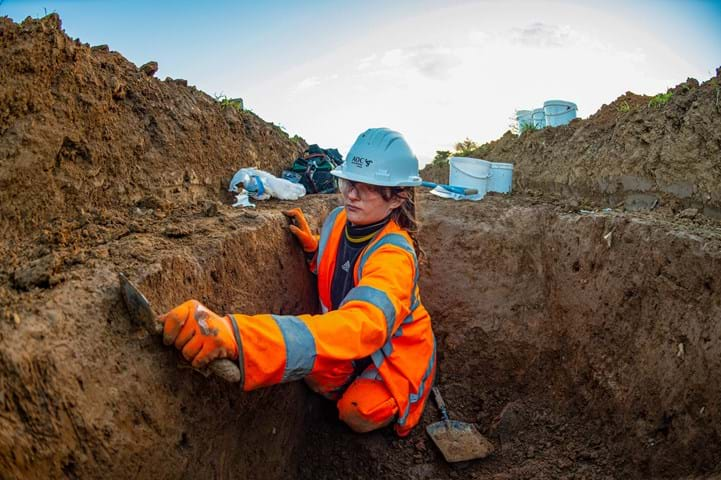Looking after the environment
Looking after the environment
To take the surrounding wildlife and environment into account when planning our works, we carried out an Environmental Impact Assessment (EIA). This was completed over a number of years and focuses on how we can help encourage biodiversity, enhance the local watercourses and reduce climate impacts.
An EIA is a tool which is used to assess the potential effects a project can have on the local environment and is in place to ensure we mitigate any potential adverse impacts.
We’ll be minimising our carbon footprint by using recyclable materials, and employing local staff and suppliers wherever possible. To further limit our impact on the environment, we’ll be using biofuels, zero emission welfare units and ensuring that we minimise the miles materials travel both to and from the site.
The scheme has gone through a rigorous carbon assessment, measured by the National Highways Carbon Tool, which is used to calculate the total carbon emissions the project will create.
Wildlife
New large areas of grassland will be created, and we’ll also be enhancing both the River Ingrebourne and Weald Brook, to make it more attractive to mammals such as otters and water voles. These improvements will also see fish such as chubb, gudgeon and stone loach in these watercourses flourish.
Two new attenuation ponds will also be created, to encourage bird and reptile species to the area. These ponds are installed to manage storm and surface water, to help avoid downstream flooding.
As there is a large population of deer in the area, we’ll be providing fencing to ensure that they are kept safely away from roads, to protect both them and drivers.
Within our scheme boundary, we’ve also found great crested newts, a protected species. We’re working with Natural England to provide new habitats for them.

Archaeology
In order to reduce the impact on local heritage, archaeological assessments shall be carried out prior to our construction works and the Maylands aerodrome will be a key feature of this.
Maylands has significant importance to the British aviation history, as it was one of the first sites to offer package holidays in 1930s and had world renowned pilots Amy Johnson and Jim Mollison fly out of the airfield. We will be inviting local heritage groups to join us when excavating the area.

